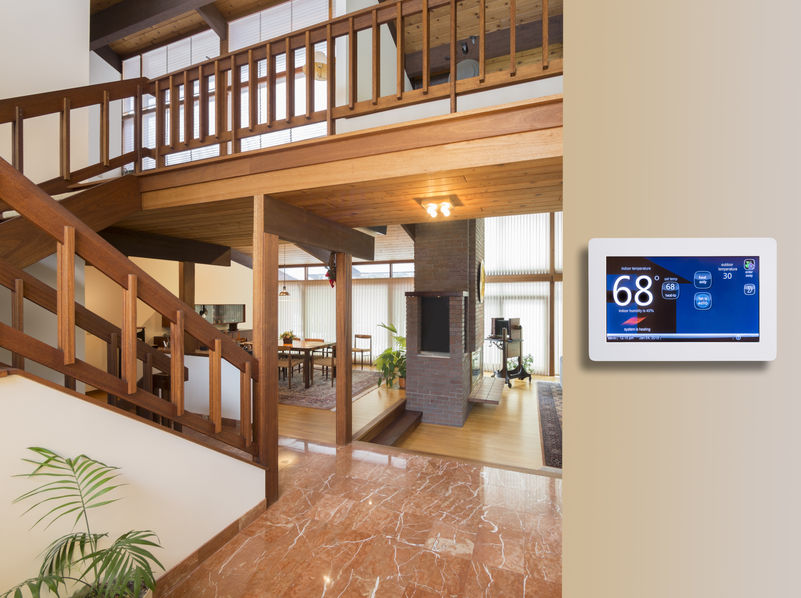Month: March 2019
Heat Your Building While Saving Energy With These Strategies
 As winter advances, hitting some areas with polar vortexes, it’s important to ensure that your building systems are producing the right amount of heated air. While space-heating is a large expense, building owners, facility operators, and managers can uphold occupant comfort and health while consuming energy efficiently.
As winter advances, hitting some areas with polar vortexes, it’s important to ensure that your building systems are producing the right amount of heated air. While space-heating is a large expense, building owners, facility operators, and managers can uphold occupant comfort and health while consuming energy efficiently.
Maintain Consistent Temperatures
Building temperature variations can cause health and financial issues. It’s uncomfortable for occupants to move back and forth between warm and cold spaces. Leaving a heated office for a cold restroom, for example, is unhealthy, and research shows that productivity drops when work space temperatures fall outside the thermal comfort zone of 69 to 73 degrees Fahrenheit. Additionally, temperature swings and uneven distribution of heat–caused by dividers, furniture, walls, and other obstructions–also waste energy and increases utility costs.
Use Programmable Thermostats
Using a programmable thermostat can conserve energy while keeping your building comfortably heated. You have the option to adjust the times you turn on the heating, following a pre-set schedule. You can program these thermostats to store and repeat multiple daily settings, which you can manually override without impacting the set schedule.

Insulate Heated Air
Heat will find the smallest places to escape. Therefore, to help retain your building’s heat and achieve better HVAC energy efficiency, it’s a best practice to trap in all the heated air. Add insulation to walls and windows, and wrap pipes, ducts, and outlets in insulation as well to preserve energy.
Detect Heat-Loss
Targeting heat-loss with diagnostics is critical and economical. Utilizing infrared thermography identifies causes and sources of heat-loss, such as cold air leaking through windows or doors, walls and roofs, and gaps around building envelope openings, including pipe penetrations, and HVAC ductwork. Infrared thermography can also detect water leaks, moisture intrusion, and construction defects.
 Energy efficiency does not have to come at the expense of occupant health, comfort, and productivity. Applying any of these tips will make a difference, but taken together, you can achieve optimal building performance regardless of weather conditions.
Energy efficiency does not have to come at the expense of occupant health, comfort, and productivity. Applying any of these tips will make a difference, but taken together, you can achieve optimal building performance regardless of weather conditions.
